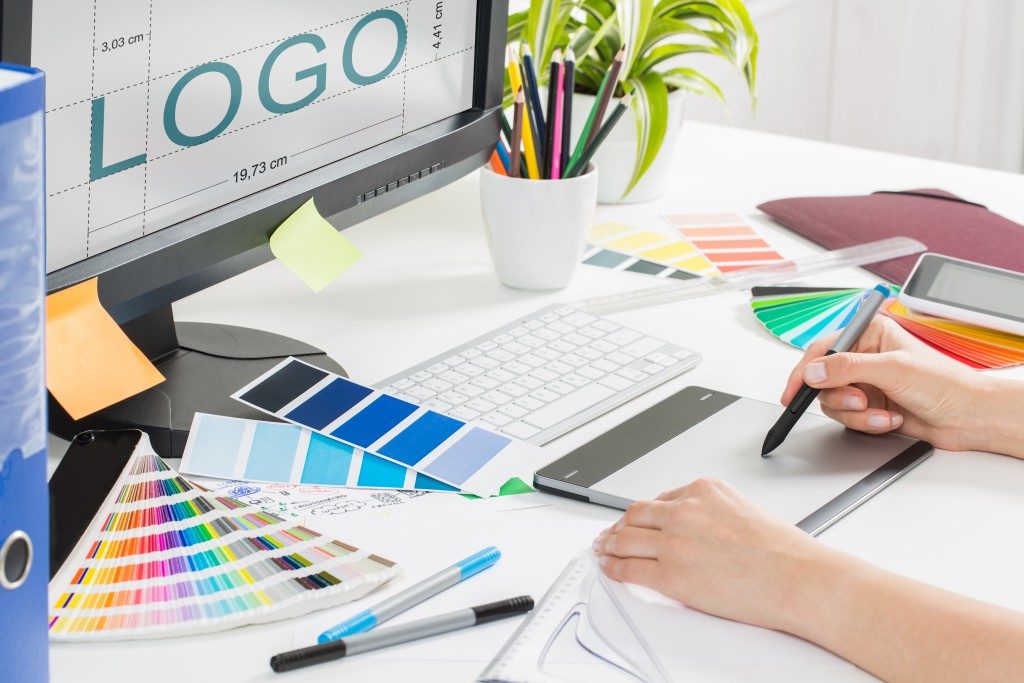“Design” and “style” are used interchangeably in everyday conversations. We use them to refer to the characteristics of a particular thing’s appearance. Too often, they’re considered as synonyms for each other. Although there is really no harm done in using “design” and “style” interchangeably in everyday conversations, the difference between the two becomes significant when it comes to branding and product manufacturing. From a marketing and business perspective, these two should be distinguished.
So, what is the difference between style and design?
First and foremost, “style” can be simply referred to as the exterior appearance of an object. It’s what you can see and hold—a more tangible concept. For example, when describing a colour or size of a particular thing, you can refer to it as its style.
“That car is styled in a modern look with fresh gold metallic paint and a white interior.”
“That high-visibility vest looks stylish with its neon green colour.”
“That style of that house gives off a country feel.”
These things all refer to the external characteristics of an object—one that is visible and creates aesthetic value.
On the other hand, the concept of “design” is more complicated than style. The former refers to the overall functionality and build of a particular object. A design is created with experience, features, and practicality in mind—things that are beyond what meets the eye.
While you would describe a car as styled compactly with radiant colours, its design will refer to how the buttons in the interior are placed to provide the best user experience. It’s how the functions are aligned to create a smoother ride and speedier movement.
In the same manner, a house can be styled to look homey and welcoming. But it’s the design that makes the floor layout suitable for daily living. The design takes into consideration how the furniture is positioned, how spaces are utilised, and how the plumbing and electrical considerations are strategically placed.
Design involves more than just outer appearance and aesthetic appeal. It refers to the functionality and the build of an object for it to be utilised effectively.
There are times when style and design can affect and influence each other, in a way that changing one factor would also change its counterpart. Take, for instance, an iPhone’s camera. The style refers to how the lenses are aesthetically placed on the upper left side of the device. But this position is also essential so that the lenses can operate properly and makes the act of taking high-quality photos more convenient. This then shows that the style of the iPhone is made so for the user to maximise and enjoy its features (a.k.a. its design).
So now what?

Now that you know the difference between style and design, then you know why it’s important to distinguish between the two. Businesses need to understand what makes up both “style” and “design” to create world-class products that their consumers will be able to use and enjoy.
While these two terms are different, they do have to work together to create products that generate consumer value. Think about it. You can walk around a mall and find a product that looks sleek and sophisticated. But more than that, you’re looking at how well it functions.
How your product looks at first glance will attract your consumers into buying it. But it’s the design that will make it worth purchasing. The bottom line is that finding the right balance between style and design is what makes a product revolutionary, and businesses should know how to make both concepts work together.




